Links | About | Simon Moyes | Contact
Patients Site
The patient’s site is designed for patients to gain a better understanding of ankle conditions. Written in plain English and with the accompaniment of a glossary, this section of the website should provide detailed and yet easily understandable information relating to common problems of the ankle.
Click through the list on the left to see some of the more common ankle problems that Simon Moyes treats using arthroscopic and minimally invasive surgery.
Refer to the glossary for a concise explanation of all medical terms.
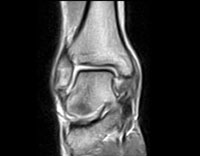

Cysts
A liquid or gel-filled growth that can cause pain and restricted movement in a joint. A ganglion or synovial cyst is excised under local or general anaesthetic using minimally invasive surgery.


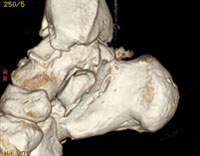
Osteophytes
Also known as bone spurs, these are lumps that form on the bones as a result of arthritis. These bony protrusions can cause problems in the joints, affecting movement and causing impingement in the soft tissue.
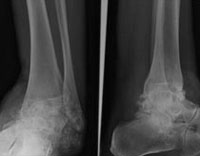
Degenerative Joint Disease (DJD)
When the bone cartilage wears away due to arthritis, most common in those over the age of 40. DJD causes pain, tenderness and stiffness in the joint.
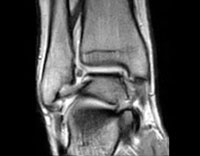
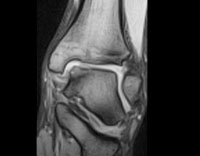
Chrondral fracture
When the cartilage coating the bone is broken. Cartilage has no bloody supply, so cannot repair itself. If the cartilage is damaged, pieces can break off and cause pinching or impingement in the ankle.
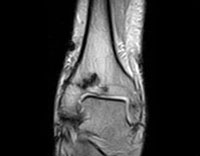
Acute fracture
When a bone has been broken as a result of a sudden injury. Bones can be re-aligned using minimally invasive surgery. Damaged or stretched ligaments and tendons can also be repaired and tightened up.

Chondromalacia
When bone cartilage softens and inhibits smooth movement of the joint. Articular cartilage can soften as a result of a fracture, poorly aligned tissue or bones in the joint, an infection in the ankle, osteoarthritis and numerous wear-and-tear stress injuries.
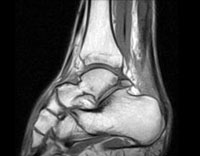
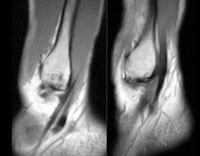
Torn peroneal tendon
The tendon on the outside of the ankle becomes torn, causing lateral instability. This will result in swelling, pain and a sense of instability behind the outside of your ankle.
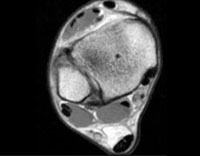
Torn ATFL
When this ligament is torn (usually as a result of a sprain), the ankle can slide forwards. Tears in this ligament are usually caused by a severe sprain, when the ankle is violently twisted.

Peroneal subluxation
The tendons on the outside of the ankle slip in and out of their correct location, making the ankle feel unstable. The tendons are also more likely to tear or rupture if they have slipped out of place.
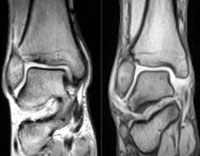
Instability
The ligaments supporting the ankle bones can become slack after repeated injury. When the ankle is violently twisted or forced beyond its normal range of movement, these ligaments can easily become stretched or torn.

